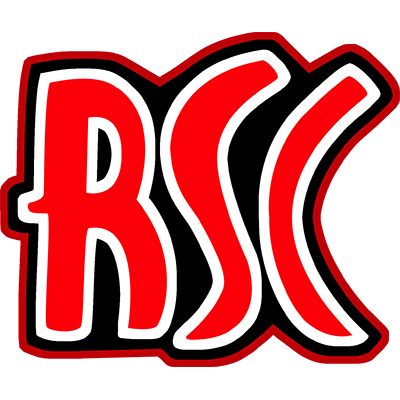The Scott's tutorial is not very detailed on "Skyboxes" section. He just says to write "sky.tga" in slot name but "T1 lerp T2" shader has two texture slots. I can't figure out how manage it in 3dsMax. Should I clone the map for both slots, including animation parameters?
Obviously there's no "sky.dds" or "sky.tga" anywhere, including commonmaps.mas file.
I see most people satisfied to "borrow" skyboxes from here and there but I've never seen nothing more detailed about texture animations.
Ok, I will do a bit of 'thinking out loud' here (so don't take this as gospel), I have looked into this, but I still don't understand it fully, so I will type what I think and hope it can help clear it up a bit.
You don't actually need sky.dds (I don't know why or how) I think those names are used to name the animation.
The animation uses sky files from the commonmaps.mas or you can build your own. Infact you don't even need to make a sky tex. at all because all you need is in the commonmaps.mas. The only reason you would make your own sky is if the location had a certain unique thing.
I think the main textures used are sky01 (day) and sky04 (night), the rest I think are for dusk and dawn which aren't turned on for long.
I think the lerping is not a static blend, but a way to cause a fade.
If you look at the animation,,,
t1- (0,0,1,1,2,3,4)
t2- (1,2,2,3,3,4,0)
You can see that it is offset.
Here are the material properties from the track sample piece that comes with rftools v1.


The sky textures themselves are beyond my understanding on how they are made. I think they are similar to how a cube map is made or something like that. But in some cases I see just plain dxt1 sky's made so I don't think how they are made is important.
You see the thumbnails from common mas show some fancy thing, but when you open them they all look normal. You can see the file format, bottom left of each wtv window.

So that's about all the knowledge I can share about this. I hope it helps somewhat.






